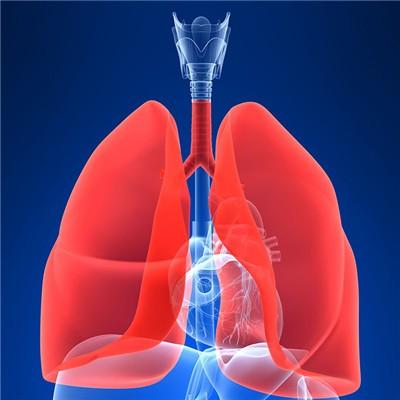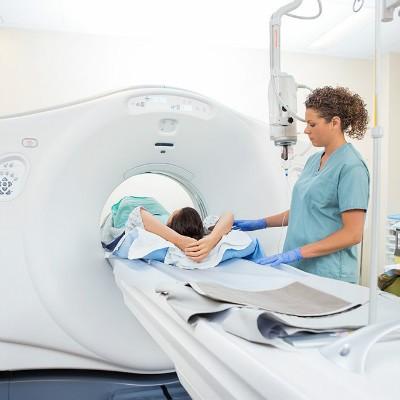How to diagnose pulmonary thromboembolism
summary
Pulmonary thromboembolism is a kind of pulmonary artery disease, there will be dyspnea and chest pain, a neighbor will have such a disease, then, how to diagnose pulmonary thromboembolism? Let's talk about it.
How to diagnose pulmonary thromboembolism
Diagnosis 1: history, including trauma, fracture, long-term bedridden, thrombophlebitis, pregnancy and delivery. The possibility of thrombus, fat thrombus, amniotic fluid thrombus, bacterial thrombus, tumor thrombus and air thrombus in the distal vein, and the inducement of sudden out of bed activity or excessive exertion of chest and abdominal cavity after long-term bedridden.

Diagnosis 2, clinical manifestations, the onset of sudden, severe sudden palpitations, dyspnea, fear, severe chest pain, dry cough, hemoptysis, asthma, nausea, vomiting, dizziness, syncope, and even shock and sudden death. Mild patients had only dyspnea after exercise. Dry and wet rales, pleural fricative sounds or pleural effusion may appear in the area of pulmonary embolism. Severe cases may have cyanosis, shock and acute right heart failure signs.

Diagnosis 3. Chest X-ray examination showed that the common X-ray signs were the decrease of pulmonary texture in the embolism area and the increase of localized hyperpermeability. Wedge shaped, band shaped, spherical and hemispherical shadow of pulmonary infarction can be seen in pulmonary infarction, and atelectasis shadow can also be seen. In addition, pulmonary hypertension can appear, that is, right lower pulmonary artery trunk thickening and residual root phenomenon. Right ventricular enlargement can be seen in acute cor pulmonale.

matters needing attention
Pulmonary thromboembolism is a serious disease. We should treat it in time, especially in peacetime. We should also pay attention to the regularity of life, and also pay attention to the adjustment of mood, so as to promote the treatment of the disease in many ways.













